Subfamily Pleurodelinae Phylum Chordata Order Salamander | Scientific name Taricha Rank Genus | |
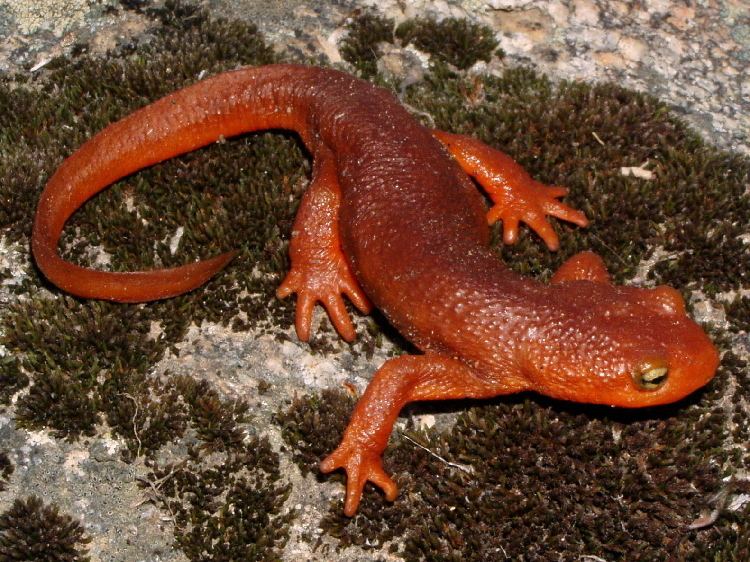 | ||
Lower classifications Rough‑skinned newt, California newt, Red‑bellied newt, Sierra newt | ||
Taricha granulosa f tterung regenw rmer feeding earthworms 05 2014
The genus Taricha consists of four species of newts in the family Salamandridae. Their common name is Pacific newts, sometimes also western newts or roughskin newts. The four species within this genus are the California newt, the rough-skinned newt, the red-bellied newt, and the sierra newt, all of which are found on the Pacific coastal region from southern Alaska to southern California, with one species possibly ranging into northern Baja California, Mexico.
Contents
- Taricha granulosa f tterung regenw rmer feeding earthworms 05 2014
- Slamp 2 rough skinned newt taricha granulosa the alaska herpetological society
- Species
- Differentiating between species
- Behavior
- Toxicity
- References
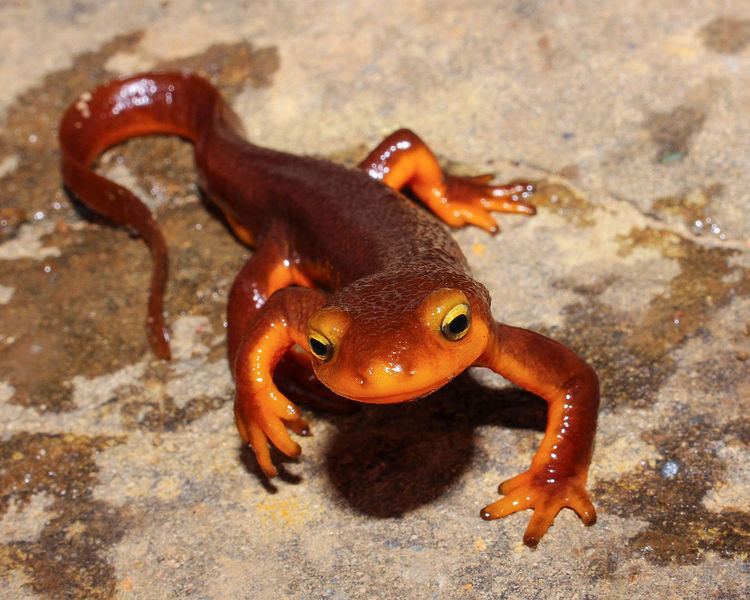
Slamp 2 rough skinned newt taricha granulosa the alaska herpetological society
Species
Genus Taricha contains the following species:
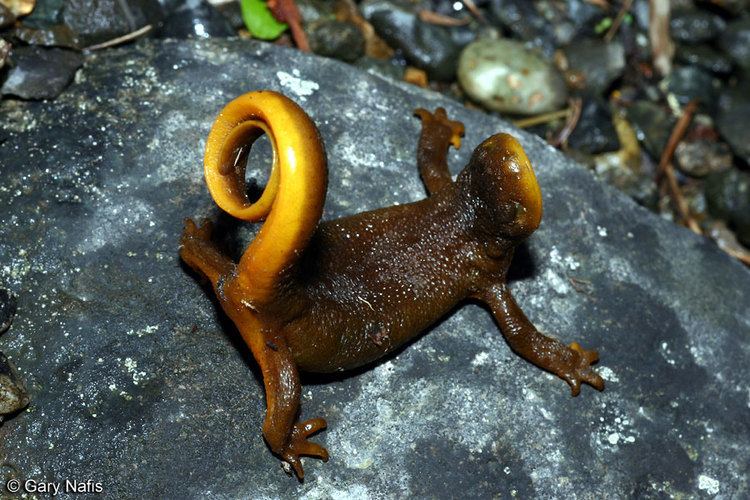
Differentiating between species
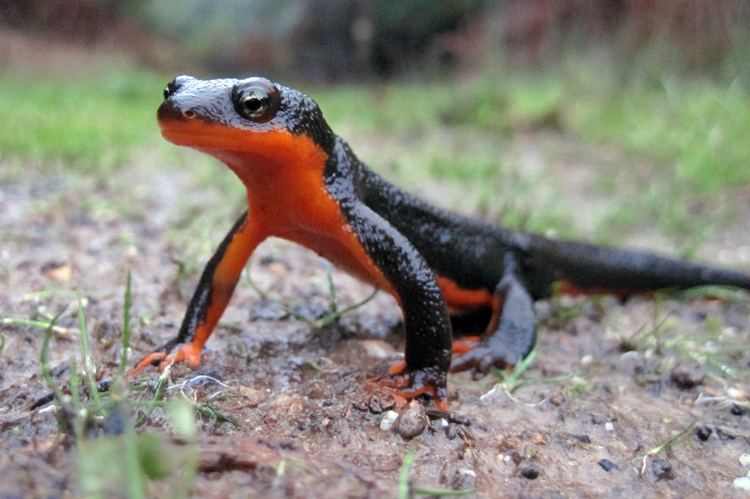
The rough-skinned newt and the California newt are very similar in appearance, and it can be extremely difficult to differentiate between the species. Both are light-brown to black on the upper body and orange to yellow on the underbelly. They have granulated skin, and they may grow to a length of eight inches. However, rough-skinned newts have small eyes with dark lower eyelids, while California newts have large eyes and light lower eyelids. Also, rough-skinned newts' upper teeth form a V shape, while those of the California newt form a Y shape, but this is difficult to ascertain on a living specimen.
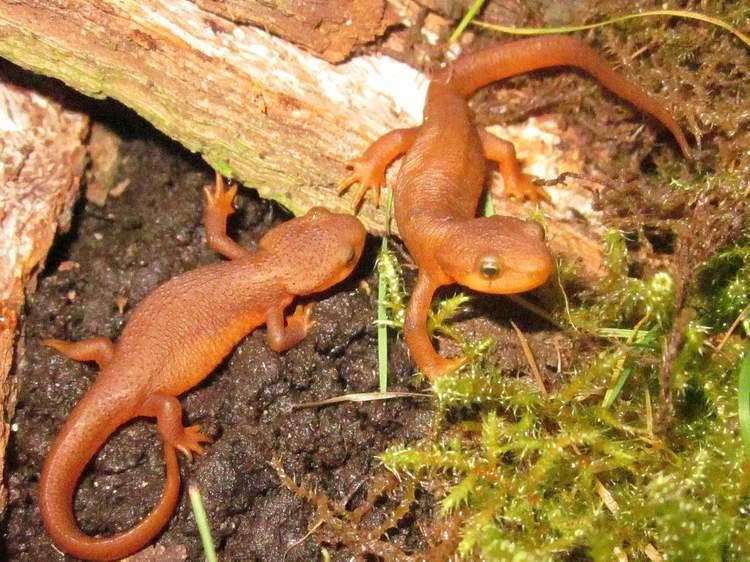
The red-bellied newt is brown on the upper body with a red underbelly, has grainy skin, and grows to between 5.5 and 7.5 in. It can be distinguished from other coastal newts, not only by its red belly, but also by the lack of yellow in its eyes. Breeding males develop smooth skin and a flattened tail.
Behavior
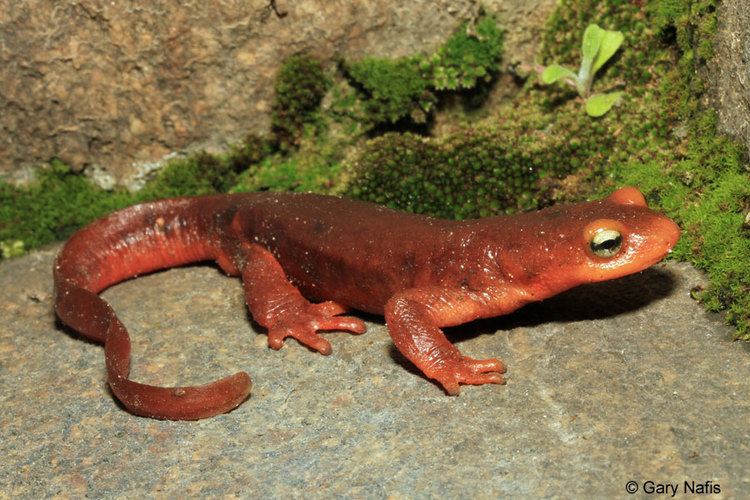
Taricha spp. eat a diet largely consisting of invertebrates, though adults will also take fish and amphibian eggs. Most predators associate bright colors with poison (called aposematism), so if attacked, the newt will take up a defensive position, showing off the bright underbelly. Newts of this genus are primarily nocturnal, and may be either fully aquatic or semiaquatic. None are fully terrestrial as they must enter the water to breed. Juvenile newts, which are known as "efts", are primarily terrestrial until they reach sexual maturity.
Toxicity

All species within the genus Taricha possess the biotoxin tetrodotoxin. However, toxicity varies between species and between populations within a species. In general, the rough-skinned newt is the most toxic species. Their populations in northern Oregon are more toxic than those from California and Washington. Those on Vancouver Island, in British Columbia, possess little or no tetrodotoxin.
Taricha newts can be lethal to humans if ingested, and at least one human fatality occurred in Oregon from eating a rough-skinned newt. Eastern newts of the genus Notophthalmus (= Diemictylus of earlier authors) also secrete tetrodotoxin, but in lesser amounts. When handling Taricha specimens, the toxins should not be allowed to come in contact with broken skin or mucous membranes. Proper hand washing after handling should prevent any problems with ingestion of tetrodotoxin (as well as infection from Salmonella which newts may carry), though some individuals are known to be allergic to skin contact with the toxin.
